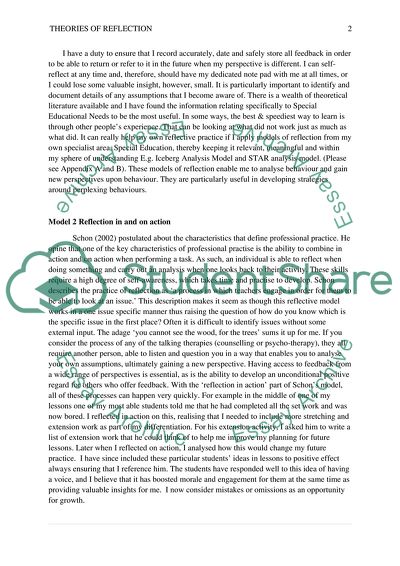Cite this document
(Theories and Models of Reflection Literature review Example | Topics and Well Written Essays - 1250 words, n.d.)
Theories and Models of Reflection Literature review Example | Topics and Well Written Essays - 1250 words. https://studentshare.org/education/1879647-theories-and-models-of-reflection
Theories and Models of Reflection Literature review Example | Topics and Well Written Essays - 1250 words. https://studentshare.org/education/1879647-theories-and-models-of-reflection
(Theories and Models of Reflection Literature Review Example | Topics and Well Written Essays - 1250 Words)
Theories and Models of Reflection Literature Review Example | Topics and Well Written Essays - 1250 Words. https://studentshare.org/education/1879647-theories-and-models-of-reflection.
Theories and Models of Reflection Literature Review Example | Topics and Well Written Essays - 1250 Words. https://studentshare.org/education/1879647-theories-and-models-of-reflection.
“Theories and Models of Reflection Literature Review Example | Topics and Well Written Essays - 1250 Words”. https://studentshare.org/education/1879647-theories-and-models-of-reflection.


